A backed-up toilet is one of the most common plumbing issues homeowners in Seattle face. While it may seem like a simple problem, ignoring a backed-up toilet can quickly lead to more serious complications. Whether the clog is minor or part of a larger plumbing issue, leaving it unresolved can result in costly repairs and health hazards.
This article explains why you should never ignore a backed-up toilet and the importance of timely intervention. We will also cover common causes of toilet backups, the risks associated with ignoring them, preventative measures you can take, and when it’s time to call a professional plumber.
Common Causes of Toilet Backups
Understanding the underlying causes of a backed-up toilet is the first step in preventing the issue. Below are some of the most common reasons why toilets get backed up:
Clogged Drainpipes
Toilets can easily become clogged when non-flushable items are flushed. Items like wipes (even if labeled “flushable”), paper towels, cotton balls, and sanitary products should never be flushed. Over time, these items can accumulate and cause blockages.
Tree Root Intrusion
If you have trees or large plants in your yard, their roots may grow into your sewer line. Tree roots are naturally drawn to moisture, and they can infiltrate your sewer pipes, causing a serious blockage.
Aging Sewer Lines
Older homes in Seattle often have sewer lines made of materials like clay or cast iron, which are prone to corrosion, cracking, and deterioration. If your home has aging sewer lines, it could lead to frequent backups or even complete blockages.
Grease and Fat Build-Up
Many homeowners unknowingly dispose of grease or fat down the toilet or sink, where it solidifies and causes blockages in the pipes. Over time, this build-up can lead to major plumbing issues, including a backed-up toilet.
Risks of Ignoring a Toilet Backup
Ignoring a backed-up toilet can lead to serious problems, many of which can be costly and potentially dangerous. Here’s why you should never let a toilet backup go unchecked:
Health Hazards
When a toilet overflows, the water can contain harmful bacteria, viruses, and other pathogens. Exposure to contaminated water can cause:
- Gastrointestinal issues, including nausea, vomiting, and diarrhea
- Skin irritations from prolonged contact with contaminated water
- Respiratory problems due to the release of bacteria and mold spores
In severe cases, untreated sewage backup can cause serious infections and diseases. Addressing the backup as soon as it occurs can help protect your family’s health.
Structural Damage
Water from a backed-up toilet can seep into floors, walls, and ceilings, leading to significant structural damage. Common issues include:
- Mold and mildew growth: Damp environments are ideal breeding grounds for mold, which can damage drywall, flooring, and insulation.
- Weakened structural integrity: Prolonged exposure to water can weaken the integrity of wooden beams, floors, and ceilings, leading to expensive repairs.
- Damaged flooring and drywall: Water can quickly saturate flooring materials such as hardwood, laminate, and carpeting, causing them to warp, stain, or rot.
The cost of repairing structural damage can far exceed the cost of addressing a backed-up toilet early on.
Increased Repair Costs
If you delay fixing a backed-up toilet, the problem will likely worsen, leading to more extensive damage. Over time, this can increase the cost of repairs, including:
- Emergency sewer line repair: If the problem is related to the sewer line, it may require urgent intervention from a professional plumber, which can be expensive.
- Sewer line replacement: In extreme cases, you may need to replace a section of the sewer line altogether.
- Labor and material costs: As the issue worsens, labor and material costs will increase, and the repair may take longer to complete.
By addressing the problem early, you can avoid these escalating repair costs.
Learn more about Emergency sewer line repair Seattle.
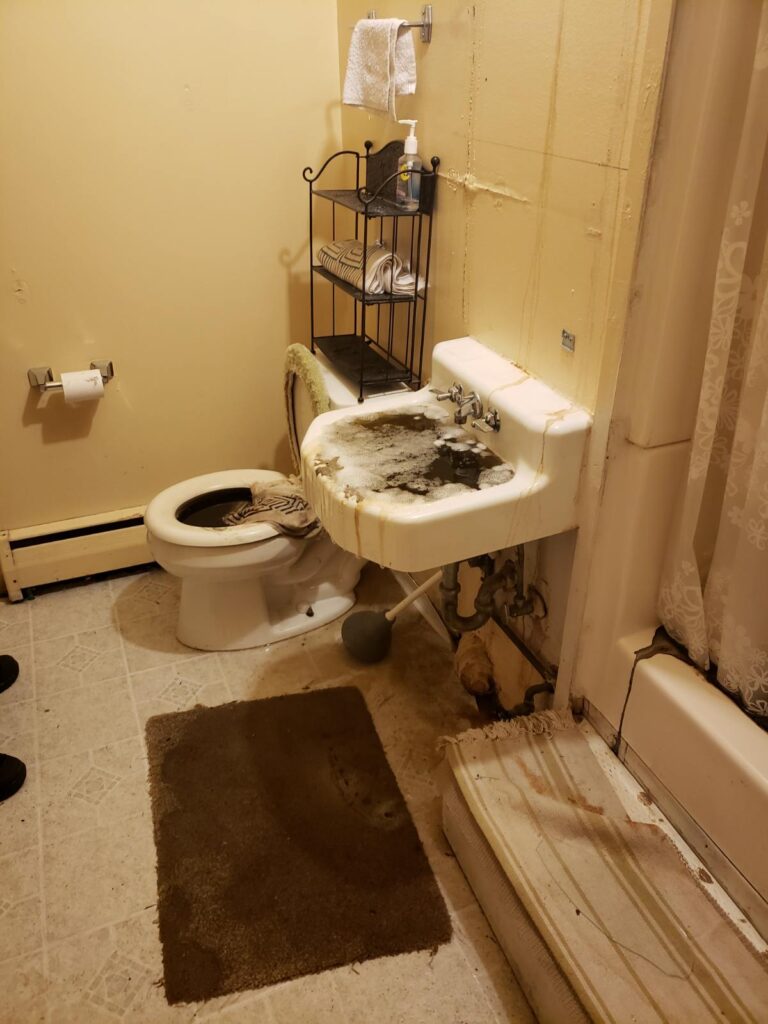
Preventative Measures
Preventing toilet backups before they occur is much easier (and cheaper) than dealing with the aftermath. Here are some essential preventative measures:
Regular Drainpipe Maintenance
To keep your plumbing system running smoothly, it’s crucial to maintain your drainpipes regularly. Preventative measures include:
- Using drain cleaners: Regularly use safe, non-corrosive drain cleaners to prevent build-up in your pipes.
- Avoiding non-flushable items: Never flush anything other than human waste and toilet paper. Educate your family about what can and cannot be flushed.
- Scheduling professional cleanings: Have your sewer lines cleaned by a professional plumber once every 1-2 years to prevent build-up and ensure proper flow.
Camera Inspections
If you suspect there’s a hidden issue in your plumbing system, a camera inspection can help you identify potential problems. A Camera Inspection in Seattle offers the following benefits:
- Visual confirmation of blockages: A camera can easily detect any blockages or clogs in your sewer pipes.
- Identifying damaged pipes: The camera can also locate cracks, leaks, or other damage in your pipes.
- Assessing tree root intrusion: If tree roots are an issue, the camera can show exactly where they’re causing problems.
This early detection can save you time and money before a small issue becomes a major problem.
Timely Sewer Line Repairs
Don’t wait until it’s too late. Timely sewer line repairs can prevent small issues from snowballing into major disasters. Regular inspections can help you identify:
- Minor cracks or leaks: These can lead to major backups if left unaddressed.
- Tree root damage: Roots can slowly infiltrate and damage your pipes.
- Aging pipes: Older pipes may need to be replaced before they cause significant issues.
Taking care of these issues promptly will extend the life of your sewer system and prevent major backups.
When to Call a Plumber
You should call a professional plumber for a backed-up toilet if:
- The clog doesn’t resolve after using a plunger.
- Unusual sounds come from the toilet, such as gurgling or bubbling noises.
- Foul odors persist around the bathroom, even after cleaning.
- Water drains slowly from the toilet or sink.
A Seattle plumber for backed-up toilets can identify the root cause of the backup and provide the appropriate solution.
Conclusion
Ignoring a backed-up toilet can lead to serious consequences, including health hazards, structural damage, and costly repairs. It’s essential to take proactive steps to maintain your plumbing system and address any issues as soon as they arise. Regular maintenance, camera inspections, and timely sewer line repairs can prevent most toilet backups from happening in the first place.
Remember, if you encounter a backed-up toilet, don’t hesitate to contact a professional plumber in Seattle for help. Prompt action can save you time, money, and stress in the long run.
1. What causes a backed-up toilet?
A backed-up toilet can be caused by clogged drainpipes, tree root intrusion, aging sewer lines, and grease build-up.
2. How can I prevent toilet backups?
Regular drainpipe maintenance, avoiding flushing non-flushable items, and scheduling professional inspections can help prevent backups.
3. When should I call a plumber for a backed-up toilet?
If the toilet continues to back up despite using a plunger, or if there are persistent clogs, odors, or slow drainage, it’s time to call a plumber.
4. What are the risks of ignoring a toilet backup?
Ignoring a toilet backup can lead to health hazards, mold growth, structural damage, and increased repair costs.
5. What is the role of camera inspections?
Camera inspections help detect blockages, pipe damages, and assess tree root intrusion early on.
For professional and fast drain cleaning Bothell, drain cleaning Seattle, and drain cleaning Bellevue, contact KnightRooter. Our team is ready to provide the best solutions for your drain issues.

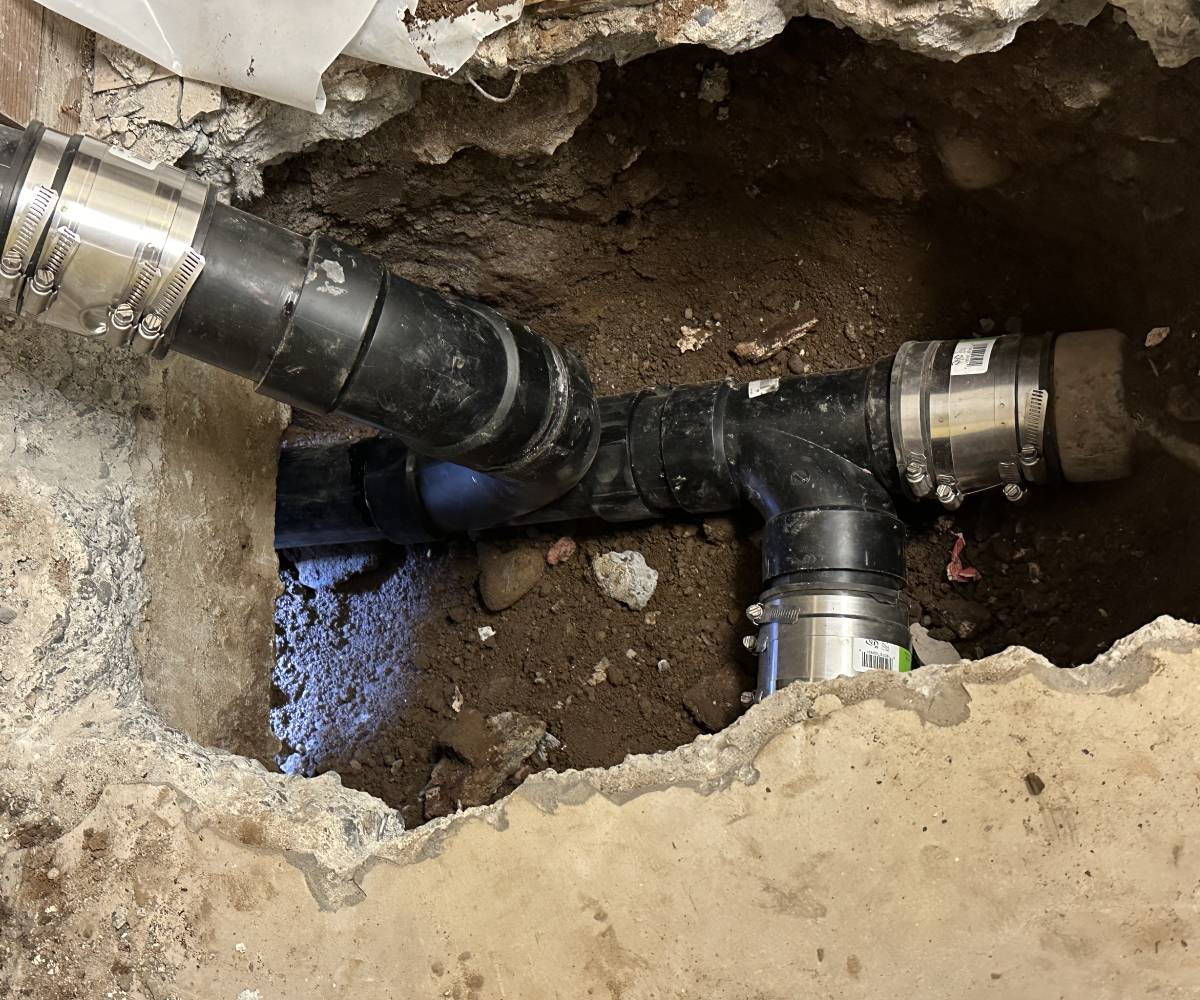
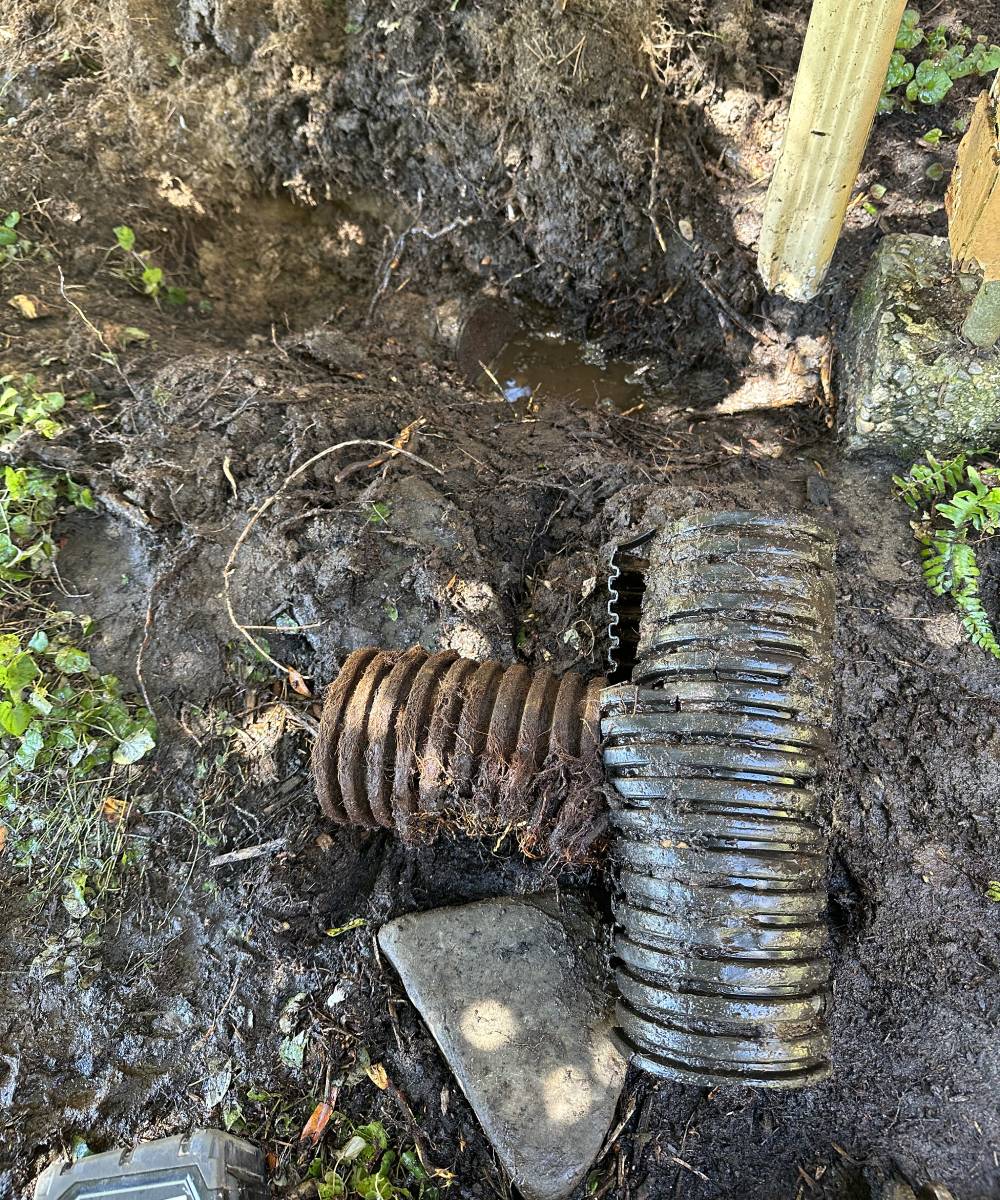
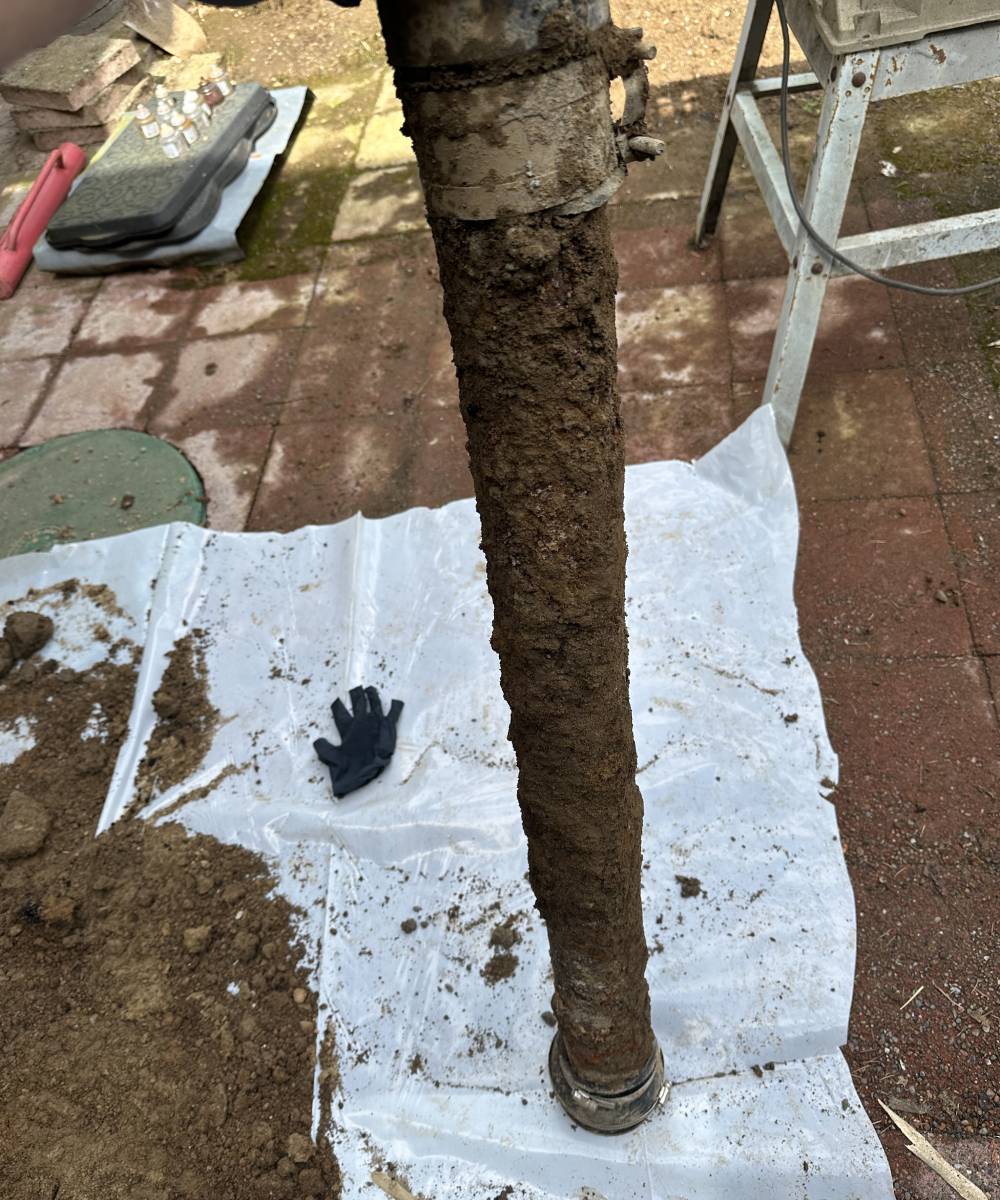
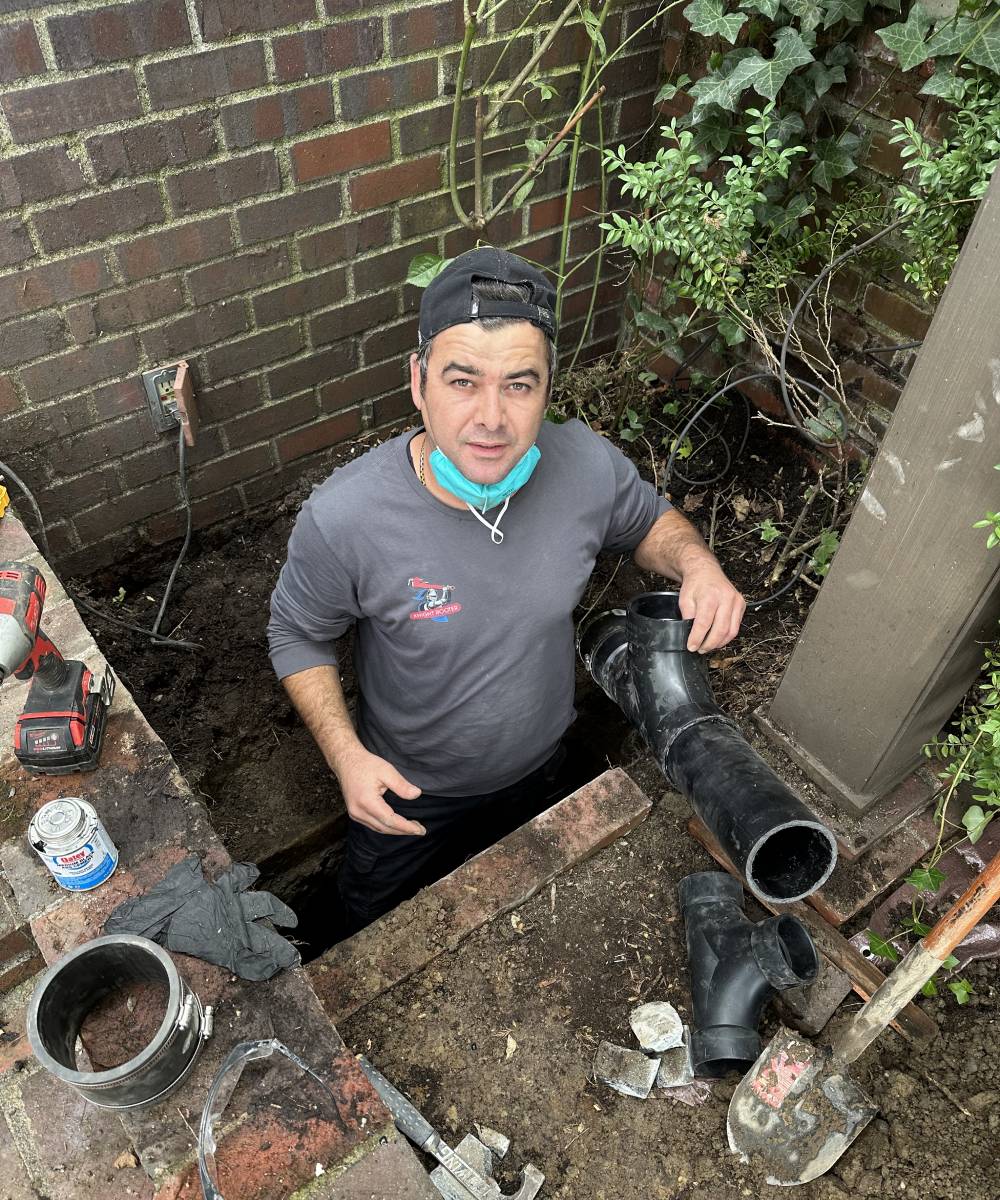
No comment yet, add your voice below!